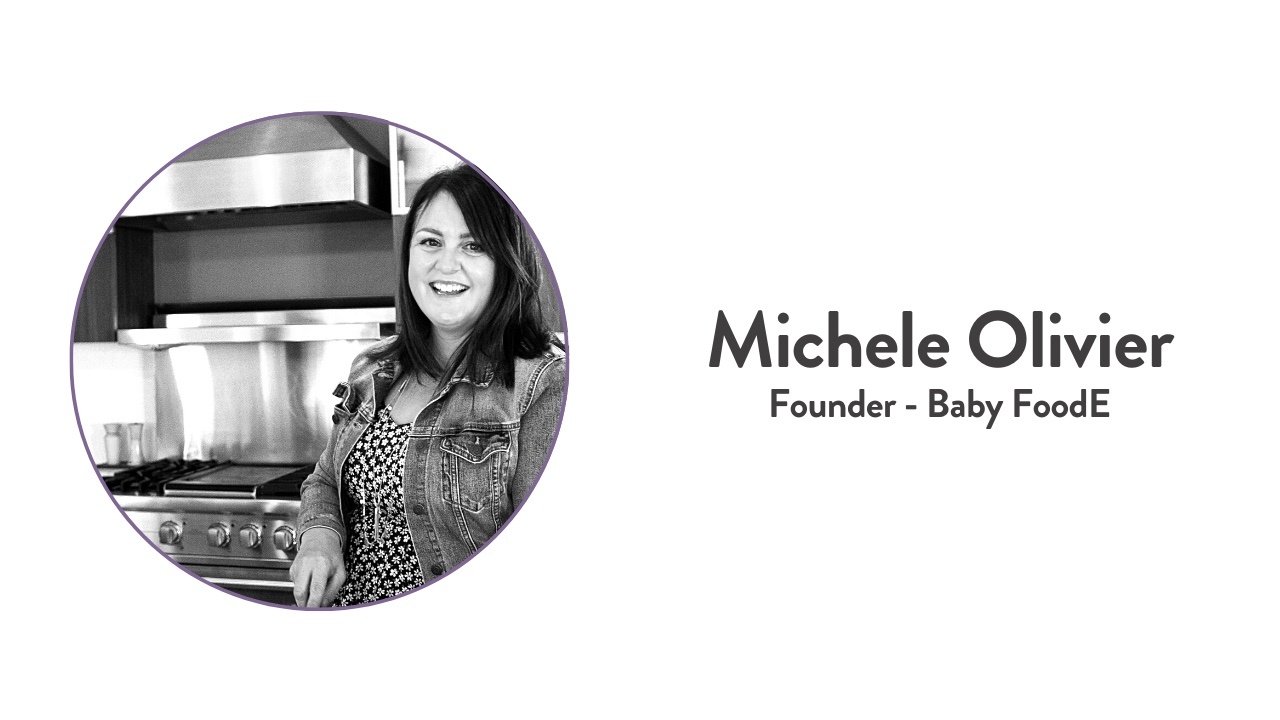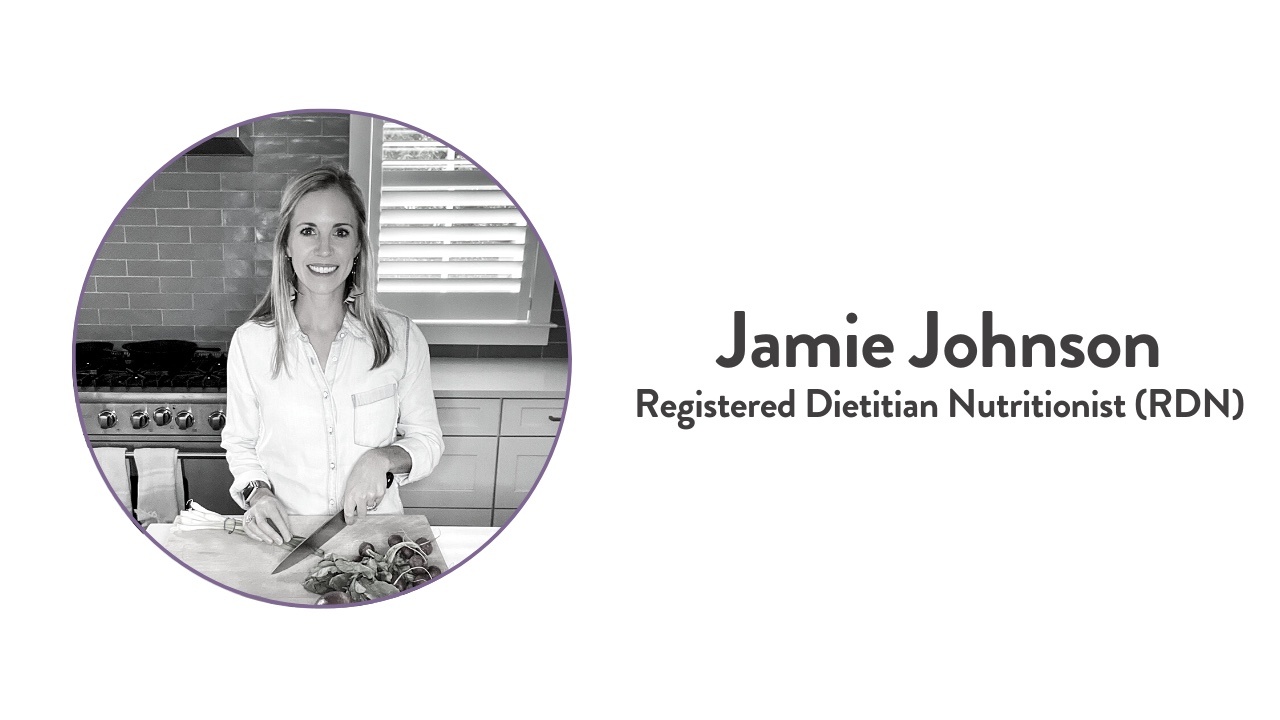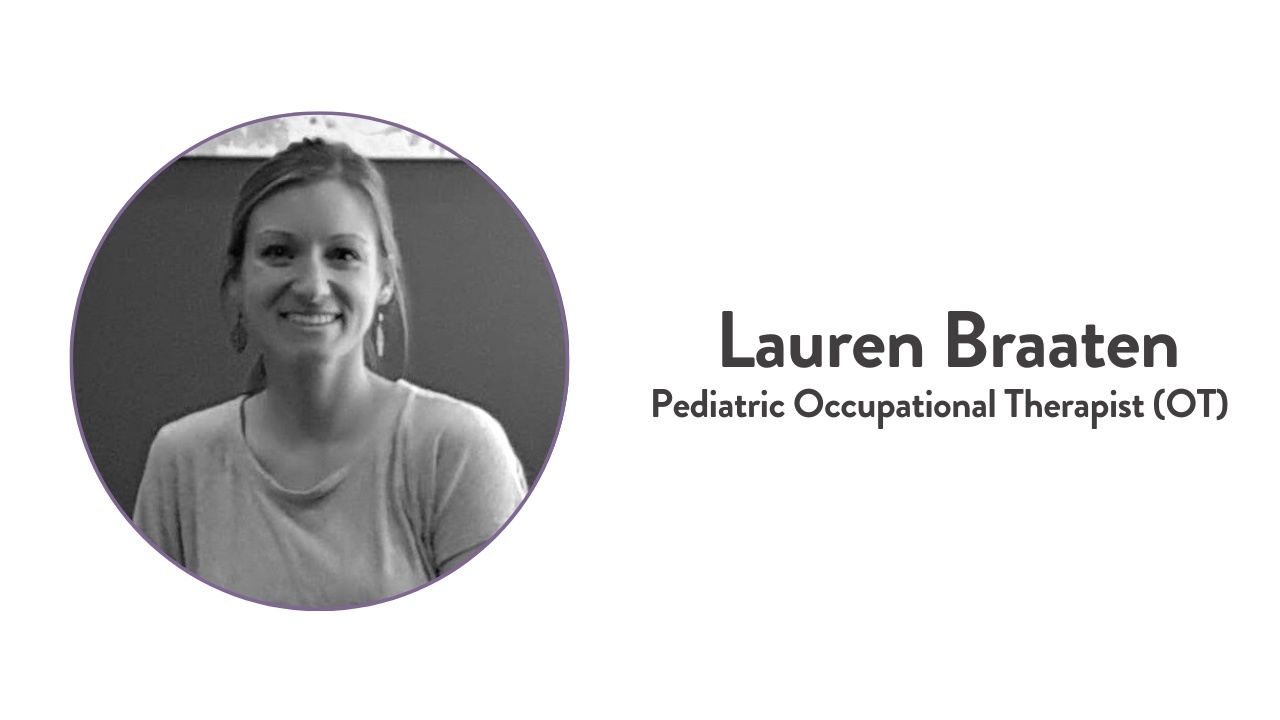Nutritional Information
Butternut squash is full of essential nutrients for baby. And since we eat with our eyes, this bright orange color makes it enticing for babies.
- High levels of antioxidants and vitamins A and C, which boosts the immune system and reduces inflammation
- A good source of potassium which helps keep bones healthy and our heartbeat regular.
- Contains a protein that may be a potent anticancer agent.
- Provides calcium to help strengthen bones and folate to help with brain development.
Butternut Squash Tip: Butternut squash can be very hard to cut so make sure you have a sharp knife on hand. Or, many grocery stores sell fresh or frozen pre-cut butternut squash which can make life easier.
When can you introduce butternut squash to your baby?
Is butternut squash a choking hazard?
Is butternut squash a common allergen?
Does butternut squash cause constipation for babies?
How to Serve Butternut Squash
This beautiful golden-hued fruit is a perfect first food for your baby. Serve it mashed or cooked and cut into wedges for babies or cooked and cut into smaller pieces for older babies and toddlers.
6+ Months
See below for these recipes.
Stage One Puree
Self-Feeding: Baby-Led Weaning
- Butternut Squash for Baby-Led Weaning: steamed or roasted and cut into wedges or strips, or as a puree
7+ Months
Stage Two Purees
9+ Months
Stage Three Purees
Self-Feeding: Finger Foods
- Butternut Squash for Self-Feeding: steamed or roasted and cut into wedges, strips or cubes
12-36 Months
Toddler Recipes
Recipes
Butternut Squash Puree
Prep Time: 5 minutes
Cook Time: 1 hour
Servings: 25 ounces
Age: 6+ months
Ingredients
- 1 butternut squash
- 1 tsp fresh thyme or rosemary, roughly chopped
- 1-2 tsp olive oil (optional)
- 1/2-1 cup liquid (water, fresh breast milk, formula, stock or bone broth)
Instructions
-
Preheat: Heat oven to 450 degrees F. Line a baking sheet with a silicone mat, tin foil, or parchment paper.
-
Prep: Cut butternut squash in half, deseed and place flesh side up, skin side down on the baking sheet. Optional – feel free to drizzle the squash with 2 teaspoons of olive oil for some added healthy fat.
- Roast: Place the baking sheet into the oven and bake for 45-60 minutes or until you can easily prick the squash with a fork.
- Peel: Let cool until you can handle the squash with your hands. Scrape the flesh off of the skin and place it in a blender or food processor.
-
Add Herbs: Add the thyme or rosemary to the blender.
-
Puree: Turn on the blender or food processor and puree, adding liquid in 1/4 cup increments until you have the desired consistency. I had to add in 3/4 cup of water to my puree shown below.
-
Eat: Serve or freeze for later.
Notes
Age: 6+ months
Yield: 25 ounces
Additional Spices: Feel free to sub the thyme or rosemary for 4 chopped basil leaves, 1 tsp chopped cilantro, 1/2 tsp minced fresh ginger, 1/2 teaspoon nutmeg, 1/2 tsp coriander, 1/2 tsp cinnamon or even 1/2 tsp of mind curry powder.
Pre-Cut Butternut Squash: you can easily use pre-cut butternut squash from the grocery store in this recipe. You will follow the instructions above except you will only cook the cubes for 20-25 minutes or until easily pricked with a fork.
Storage: you can store this puree in an air-tight container in the fridge for up to 4 days or in the freezer for up to 4 months.
Butternut Squash for Self Feeding
Butternut squash is a good food for your baby to self-feed, whether for baby-led weaning, which happens around 6 months of age, or during the finger foods stage at 9 months.
6+ months - steamed or roasted and cut into wedges or strips or as a puree: soft, cooked larger pieces at this age are easier for younger babies to grasp. You can offer purees and still allow your baby to lead the way with self-feeding by placing some spoonfuls directly on your baby's tray or bowl to let them explore on their own, or you can hand them a pre-loaded self-feeding spoon.
9-12 months - steamed or roasted and cut into cubes: offer soft cooked cubes to older babies starting to work on their pincer grasp; you can also continue to offer wedges, strips, or mashed butternut squash on a spoon.
12-24+ months - steamed or roasted in cubes or mashed: finger feeding, scooping with a spoon, or poking with a fork are all great options at this age.
Prep Time: 5 minutes
Cook Time: 50 minutes
Servings: 8 servings
Age: 6+ months
Ingredients
- 1/2 butternut squash
- 2 tsp olive oil
Instructions
-
Preheat: Heat oven to 450 degrees F. Line a baking sheet with a silicone mat, tin foil, or parchment paper.
-
Prep: Cut butternut squash in half, deseed and place flesh side up, skin side down on the baking sheet. Optional – feel free to drizzle the squash with 2 teaspoons of olive oil for some added healthy fat.
- Roast: Place the baking sheet into the oven and bake for 45-60 minutes or until you can easily prick the squash with a fork.
- Peel: Let cool until you can handle the squash with your hands. Scrape the flesh off of the skin in as large as pieces as you can manage.
- Prepare: Slice, chop or puree the butternut squash to be age-appropriate for your baby. Serve and enjoy.
Notes
Age: 6+ months
Yield: 8 servings
Note on Squash: to save some time, you can steam fresh or frozen pre-cut butternut squash for 10-12 minutes or until tender before cutting or pureeing in an age-appropriate way.
Puree for Self-Feeding: Yes, it can be done! You can offer purees and still allow your baby to lead the way with self-feeding.
- Place a few spoonfuls of purees directly on the tray or in a bowl for your baby to dip fingers into. Model how to dip your fingers into the puree and bring them to your mouth, to taste some.
- Offer your baby a pre-loaded self-feeding utensil and hold it out for them to grasp or set on their tray.
- Use a solid food as a dipper. You can also offer a soft stick-shaped piece of food, such as a soft roasted carrot or bread lightly toasted and cut into strips to dip into the puree.
Video
Feeding Tips
- Mashed butternut squash is a great food to serve on a preloaded spoon to help baby practice with utensils since it sticks to the spoon and doesn’t slide off easily
- Trader Joe’s sells crinkle-cut butternut squash sticks which can be easier for a baby to grab.
More Broccoli Recipes
How to Pick & Store Butternut Squash
How to Pick Butternut Squash
- Color: Look for butternut squash that’s a solid beige color. Green spots or streaks mean the squash hasn’t fully ripened.
- Weight: A ripe butternut squash should feel hard and heavy for its size. Pick up other squashes to get an idea of heaviness.
- Skin: Use your fingernail to gently pick the surface. If your nail goes through too easily, the squash may be too ripe. You’ll want a squash with a hard, firm exterior.
- No cuts: Avoids those with brown patches or deep cuts, which can introduce bacteria or mold.
How to Store Butternut Squash
- You can store a whole butternut squash in a cool, dark area of your kitchen for several weeks. It does not need refrigeration.
- You can prep butternut squash ahead of time by peeling and cutting it; store in an airtight container in the fridge and it will keep for 4-5 days.
- Butternut squash can be frozen for up to 9 months. Peel, cut, and blanch it before flash freezing it on a baking sheet.
Seasonings that pair well with butternut squash:
- Cinnamon
- Cloves
- Cardamon
- Curry
- Bay leaf
- Honey
- Rosemary
- Sage
- Thyme
Butternut Squash Facts
- Butternut squash is a member of the Cucurbitaceae family along with gourds and pumpkins.
- For older kids (and adults!) in the family, you can also bake and eat the seeds just like pumpkin seeds.
- Butternut squash appears to be a good choice to purchase either conventionally grown or organic, as it does not make the Dirty Dozen list. Its tough outer skin likely limits pesticide exposure.
Reviewed and Co-Written By












